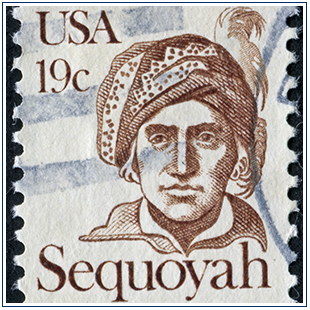
There are 3 types of tribal land. First we have the tribal trust lands, which is land that is held by the tribe itself and usually where the tribal headquarters is located. Tribal trust land may also be where schools, medical facilities, and businesses are located. Oftentimes, hunting and fishing land is also on tribal trust land. This is land owned by the tribe, and they're held in trust by the United States for the benefit of the tribe. Read More...










